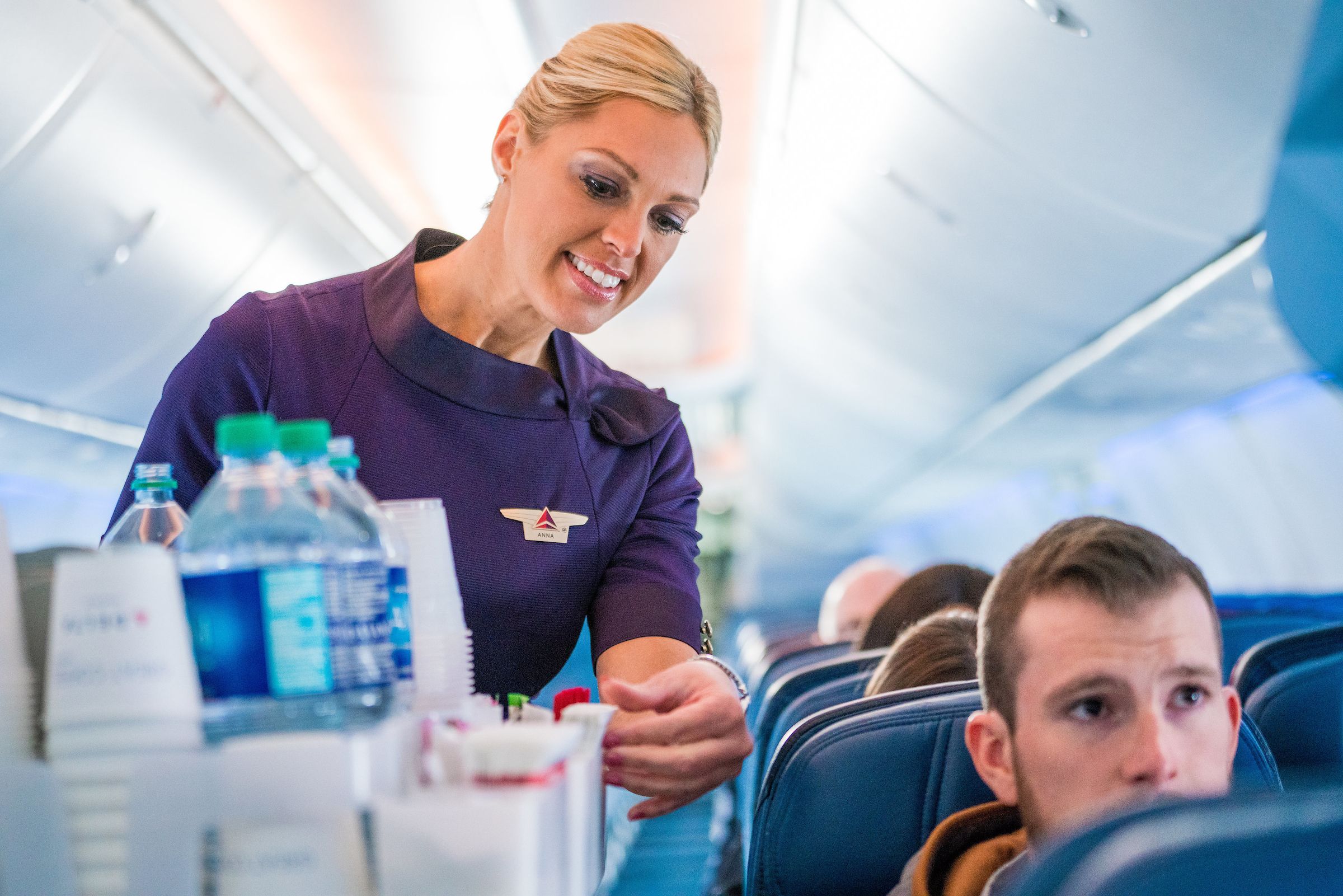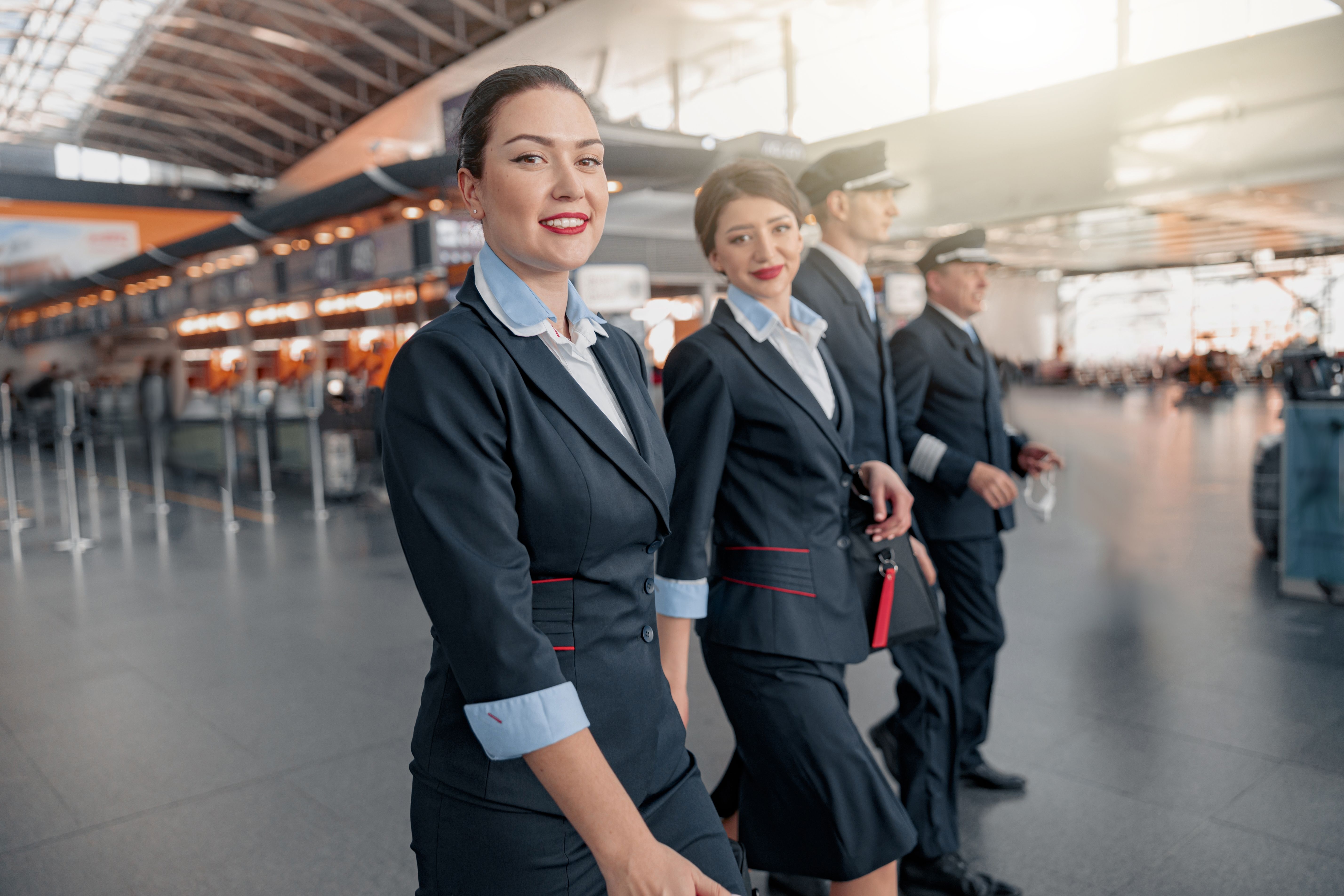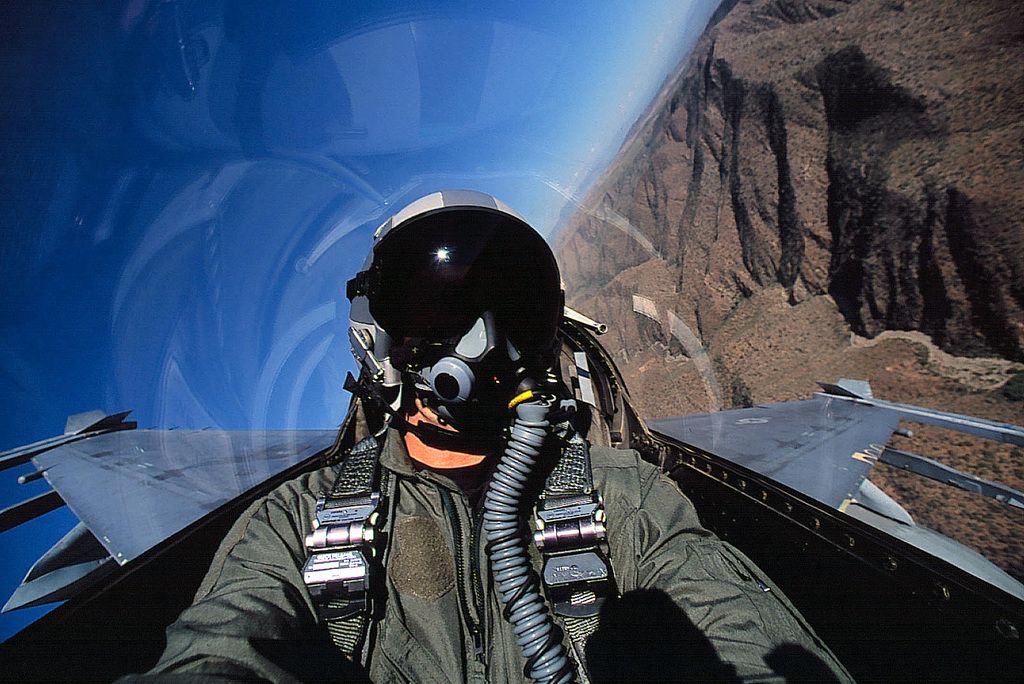Jobs
Are Flight Crews At A Higher Risk Of Cancer Than Other Jobs?
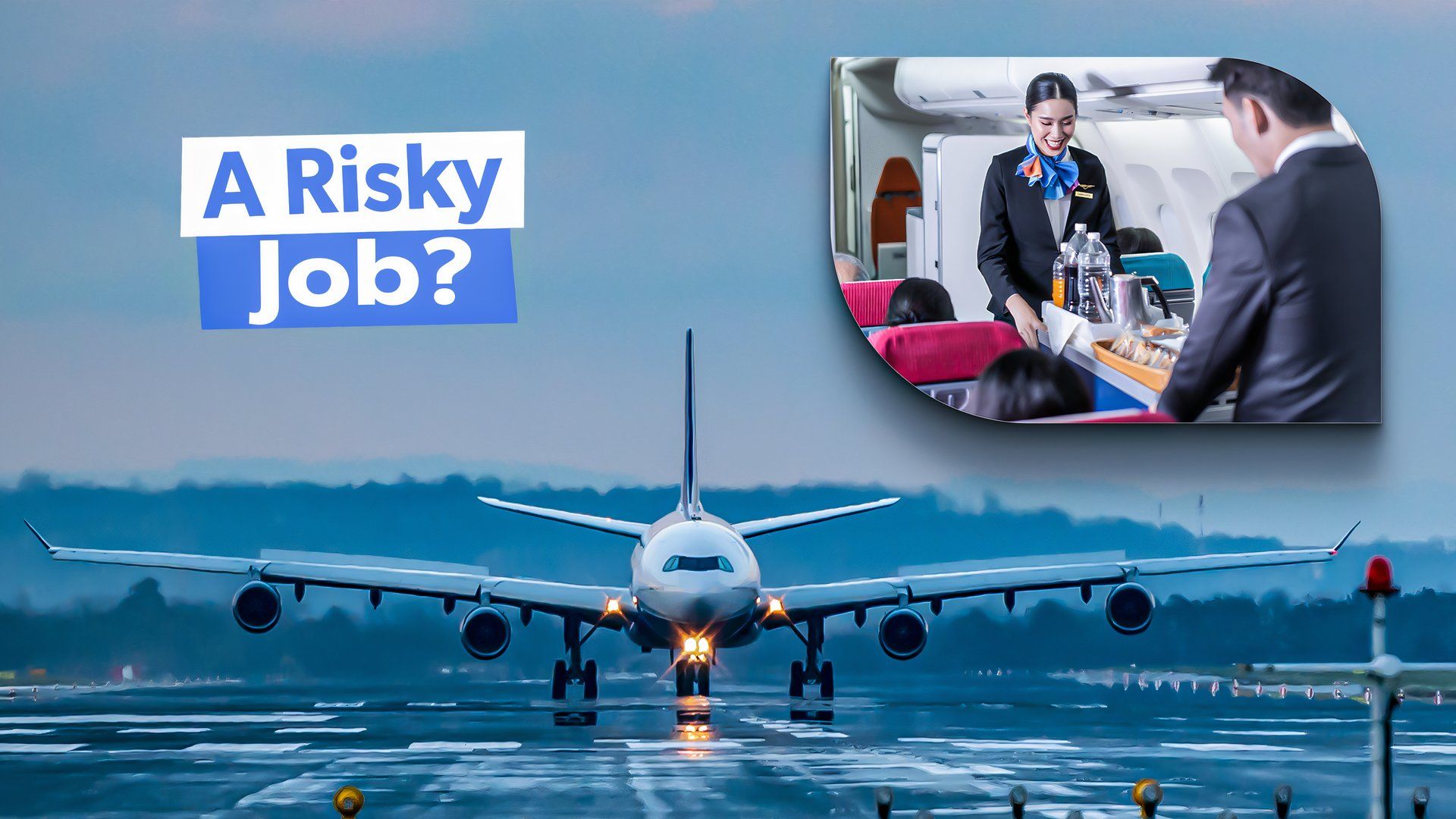
Summary
- Flight crews face higher risks of a wide range of cancers – as much as 4 times the prevalence of general population.
- Factors contributing to risk include Cosmic ionizing radiation, UV exposure, sleep disruption and chemical exposure.
- More research is needed, and industry bodies and government need to come together to mitigate risks and support treatment.
We know that certain jobs carry a higher than average risk of cancer, such as firefighters that are exposed to toxic substances and carcinogens in smoke, or farm workers that are overly exposed to pesticides or herbicides. But what about pilots and cabin crew who spend a lot of time in the sky?
Recent studies are providing increased evidence that flight crews are at far greater risk than previously thought, and are contracting a wide range of cancers at far higher rates than the general population. Why is this, and what can be done to reduce the risk to flight crews and provide for those that do fall ill?
Photo: British Airways
A landmark Harvard study
There have long been concerns about the health and safety of flight crews in the US. The ban on in-flight smoking, for example, was in large part due to the health risks to crew exposed to secondhand smoke. But despite growing concerns about other health impacts, “studies regarding cancer risk or prevalence among flight crews were relatively sparse and of varying quality” according to Irina Mordukhovich, a research associate at the Harvard T.H. Chan School of Public Health.
Photo: Delta Air Lines
As a result, Mordukhovich and her colleagues launched the Harvard Flight Attendant Health Study (FAHS) in 2007, and following two waves of research, its findings grabbed global headlines in 2018 when its first report was published in Environmental Health. In it, the researchers showed that both male and female flight attendants had a higher prevalence of every cancer that was examined. This includes cancers of the breast, skin, cervix, thyroid and uterus, as well as gastrointestinal system cancers, which include colon, stomach, esophageal, liver and pancreatic cancers.
The research findings
In carrying out the research, the cancer rate data from more than 5,300 flight attendants was compared to a group of about 3,000 people who had a similar income and educational status but were not flight attendants. The results from the study were concerning:
|
Type of Cancer |
Prevalence vs general population |
|---|---|
|
Breast |
51% higher |
|
Cervical |
48% higher |
|
Gastrointestinal (colon, stomach, liver, pancreas) |
73% higher |
|
Melanoma |
227% higher |
|
Non-melanoma skin cancer |
409% higher |
|
Thyroid |
19% higher |
|
Uterine |
383% higher |
Given the elevated prevalence for every cancer type studied, Mordukhovich was quick to highlight the need to mitigate the risks:
“The significantly higher rates of several cancers is especially striking given the low rates of overweight and smoking in the flight attendant population. Cancer prevalence should therefore be lower, but is up to four times higher. This really highlights the question of what can be done to minimize the adverse exposures of the cabin crew.”
Photo: Friends Stock | Shutterstock
What is causing these higher rates of cancer?
While the Harvard study didn’t directly investigate the causes of the elevated rates of cancer, the research team pointed to a number of potential causes:
- Cosmic Ionizing Radiation (CIR): This is a form of ionizing radiation from outer space caused by galactic cosmic radiation and solar particle events (or “solar flares”). This is normally filtered by the time it reaches earth, but at flight altitudes, flight crews are exposed to far higher levels.
- UV radiation: As flight crews ascend into the earth’s atmosphere, their exposure to the sun’s ultraviolet (UV) rays increases dramatically. To put it in context, a pilot flying for an hour at 30,000 feet has the same UVA carcinogenic radiation exposure as a 20-minute tanning bed session.
- Circadian rhythm disruption: The sorts of disrupted sleep patterns and jet lag that flight crews regularly experience have been proven to lead to changes in immune function and cell metabolism, which can reduce the suppression of tumors.
- Chemical exposure: Research has shown that flight crews have higher exposure to chemicals such as engine leakages or flame retardants, which contain compounds that act as hormone disruptors and increase the risk of cancers. Flight crew that worked prior to the ban on in-flight smoking also showed an even higher prevalence of cancers.
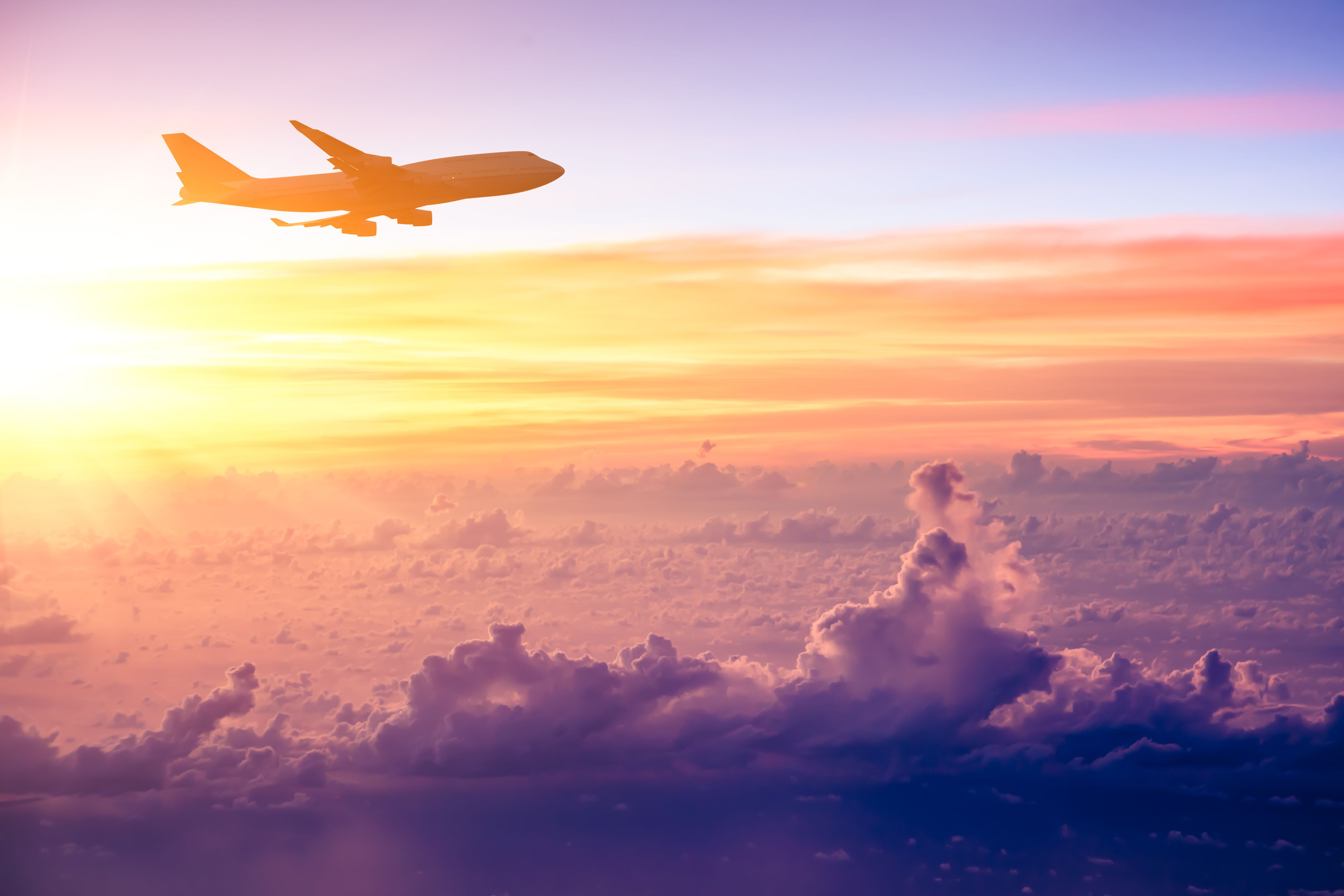
Related
How Much Risk Does Radiation Pose To Frequent Flyers & Airline Employees?
Looking at the potential risks involved.
Supporting studies and CDC recommendations
Since the Harvard study, there have been a number of similar bodies of research that have produced equally troubling findings. Of note, a Pentagon study in 2023 showed that there were also elevated cancer risks for military aviators, with nearly double the prevalence of skin cancers and a 39% higher rate of thyroid cancer.
The US Centers for Disease Control and Prevention (CDC) is taking the risk seriously enough that it has published further information for flight crews, including recommendations to mitigate the risk of cancer. These include the application of sunscreens, wearing UV-protective clothing, and managing fatigue and adopting good sleep patterns to minimize circadian rhythm disruption.
Work still to be done
While the risk of cancer for flight crews has now been surfaced, there is still a considerable amount of work to be done. Epidemiological research needs to move from determining correlation to proving causation, notably proving and measuring the specific impacts of factors such as CIR and UV radiation. With this in mind, the team at Harvard is continuing with a third wave of its research, and we strongly encourage our readers who are members of flight crews to participate.
Photo: Delta Air Lines
Just as important as proving causation is developing effective mitigation strategies and managing treatment. Industry bodies such as The Association of Flight Attendants and The Air Line Pilots Association are working to inform flight crews of risks and provide risk mitigation strategies. Beyond that, there will also need to be a concerted effort to provide greater protections for flight crews through the Occupational Safety and Health Administration, and ensure the aviation industry provides mechanisms and funding to support the treatment of flight crew members that have contracted cancer as a result of their working environment.
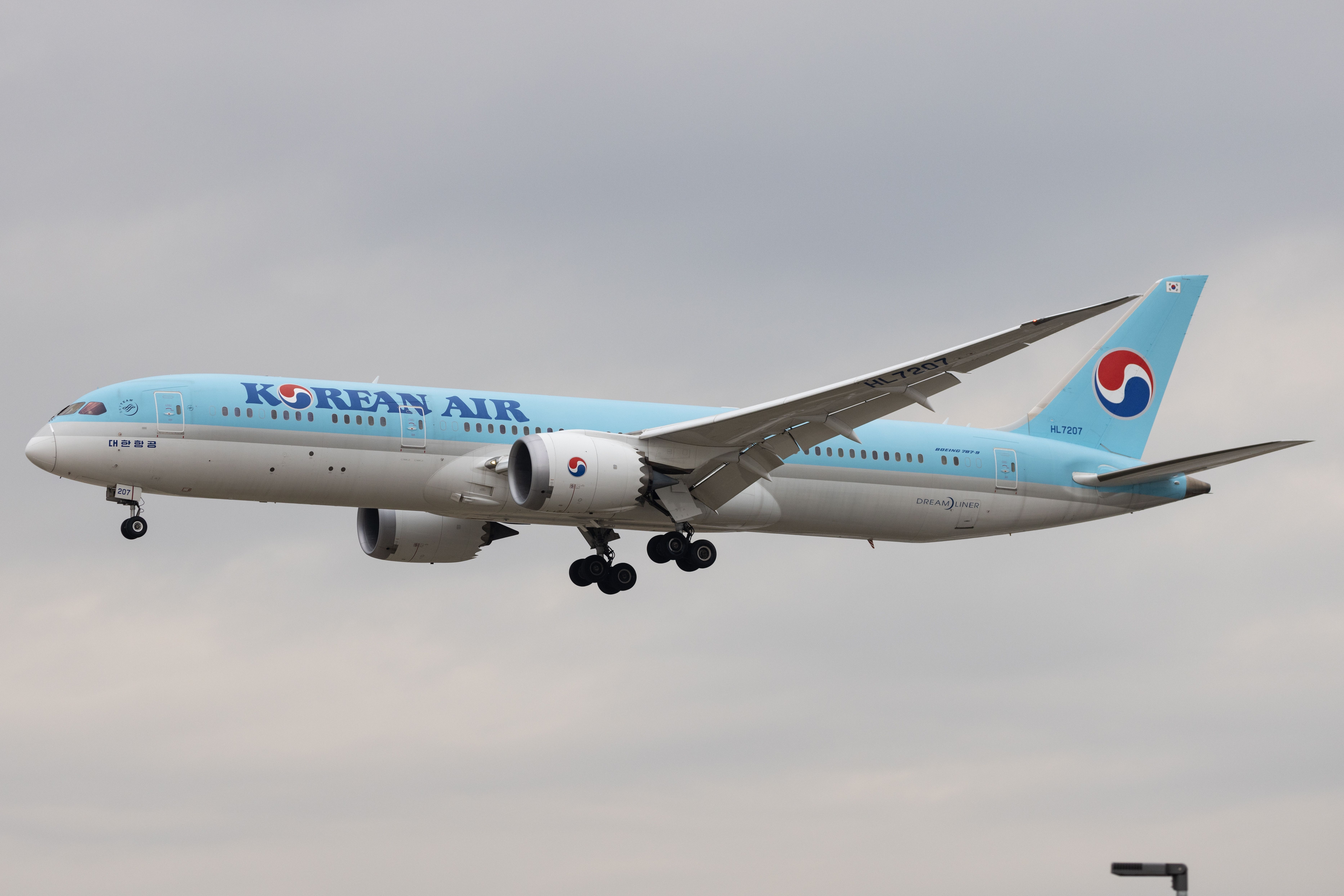
Related
Panel Rules Cosmic Radiation Caused Korean Air Flight Attendant’s Fatal Cancer
The flight attendant’s death was deemed an industrial accident due to high levels of radiation exposure.

